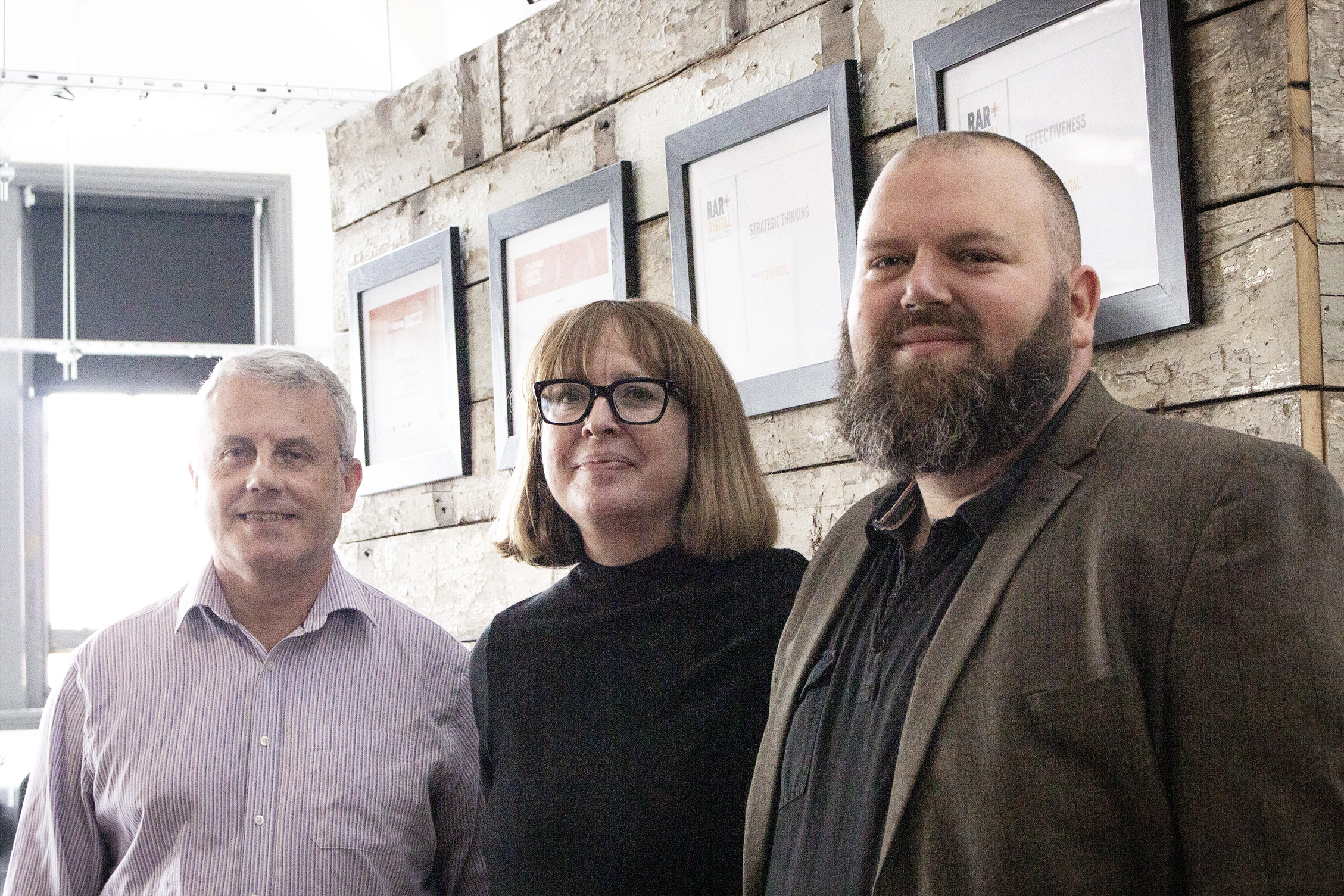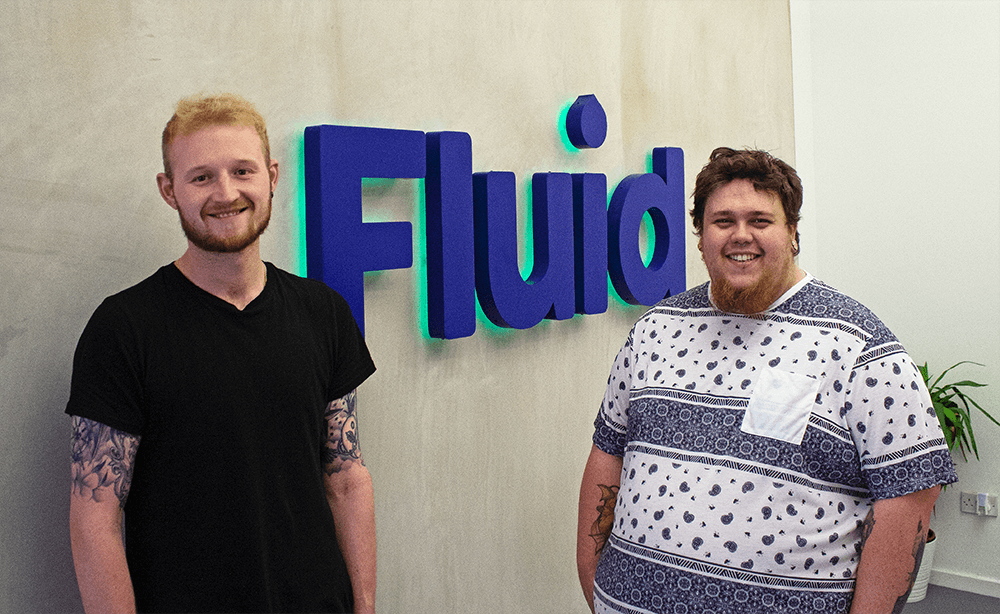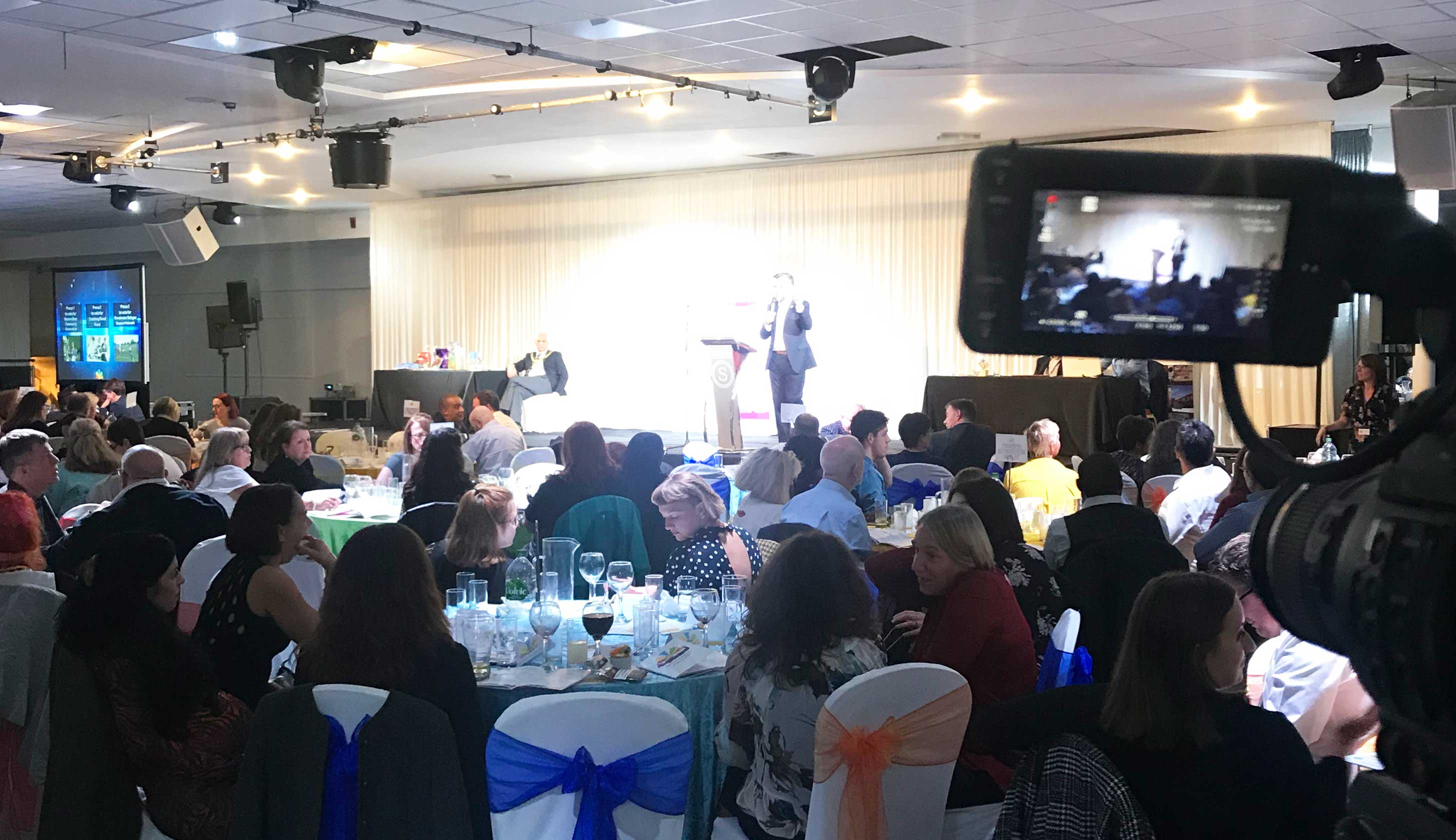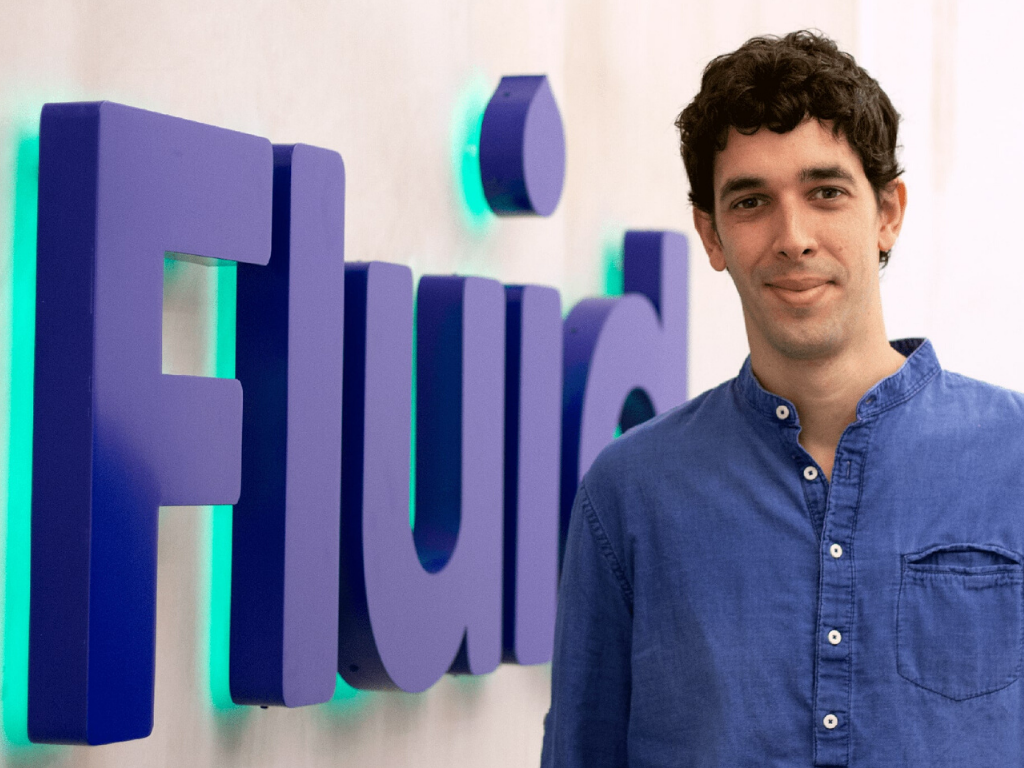Search visibility and website visits are no longer moving together. Impressions continue to rise, but fewer people are clicking through to the sites that appear in the results. This change is tied to how Google now presents information. Many answers are displayed directly on the results page, and users often find what they need without needing to visit any additional sites.
Zero-click searches
A zero-click search happens when a query is resolved entirely within Google. It can be a quick fact, a definition, or a local listing. A 2022 analysis by SparkToro and SimilarWeb found that over half of all Google searches resulted in no clicks. That figure has likely grown with the introduction of new tools, such as the Search Generative Experience (SGE), which generates AI summaries from multiple sources.
For users, this searches faster. For businesses, it means less traffic even when ranking well. If someone searches for “weather in Manchester,” the temperature appears instantly. There is no need to visit a weather site. The same now applies to many how-to guides, health tips, or product definitions.
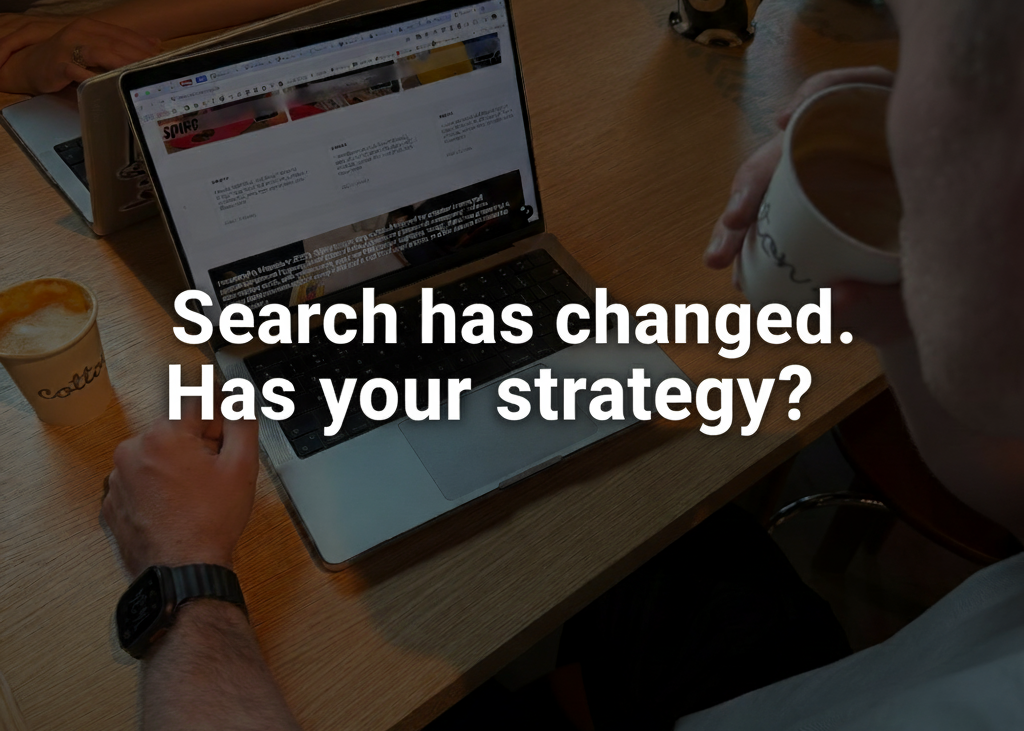
Featured snippets
Featured snippets are short answers displayed above standard search results. They pull text from a webpage and show it directly on Google. For example, a search like “how to increase PC memory” might show a short list or paragraph from an article. Users often obtain sufficient information from the snippet itself and proceed.
These snippets still give exposure. The website’s name and link appear at the top, which can build some recognition, but traffic may not increase. The best way to appear in these features is to structure pages clearly with descriptive headings and direct answers. Schema markup also helps Google identify what part of the page to display.
Search generative experience (SGE)
SGE is Google’s experiment with AI-generated summaries. It combines details from several pages into one answer and cites sources in small links underneath. In many cases, users do not open those sources.
Tests from industry analysts show mixed outcomes. Some websites get more impressions from niche topics, while others lose clicks from general informational queries. Because the feature is still changing, there is no clear pattern yet. Factual and well-structured content tends to be used more accurately by SGE than vague or promotional writing.
Adapting SEO strategies
The decline in clicks does not mean search has lost value. It just requires different priorities.
Focus on intent-based searches.
Users still click when they plan to buy, compare, or contact someone. Keywords tied to services or transactions continue to generate visits. A business offering SEO services in Manchester would see stronger engagement from those looking to hire help than from those reading general SEO advice. Creating clear service pages around intent-based phrases remains effective.
Strengthen local and branded visibility.
Zero-click behaviour also affects local searches, but it can still lead to results that matter. When a user calls a company directly from a Google Business Profile, that counts as a conversion even without a website visit. Keeping listings accurate and active, responding to reviews, and posting updates help maintain visibility.
Branded searches are another signal. If users later search a business name after seeing it in a snippet or summary, the content has worked indirectly. Tracking branded impressions helps measure that outcome.
Create content with depth.
Content should still inform and show expertise. The difference is how success is measured. Articles, case studies, or guides can build authority even when they do not drive high traffic. They contribute to search visibility and user trust.
Publishing content across other channels, such as newsletters or LinkedIn, can also attract visitors who may not interact with Google. Relying on multiple entry points makes a site less dependent on search features.
Update measurement practices
Old metrics, such as clicks and sessions, do not fully explain visibility now. Search Console impressions, average position, and local interactions provide more insight into reach. A page that gains 20,000 impressions but only 300 clicks may still be performing well if it contributes to brand familiarity or conversions from other sources.
Many sites have seen this pattern: fewer website visits but more direct calls or form submissions. The interaction moves outside analytics tracking, but the business impact remains.
Keep writing clearly and factually.
Search systems read structured, straightforward writing more accurately. Avoid filler or speculative claims. If data are not available, say so directly. Short sentences and specific details improve the chance that a passage will appear correctly in snippets or SGE summaries.
Articles should show real knowledge or first-hand understanding rather than restating generic advice. This helps both ranking and credibility when users decide to click through.
Redefining SEO outcomes
Ranking high once meant more visitors. That link is weaker now. Being visible in a snippet or summary still matters, but the effect is often delayed. A user might see a brand in search, remember it later, and return through another route. It is less direct but still measurable through broader awareness.
The trend shifts SEO from counting visits to building recognition and reliability. Organic traffic remains useful, but impressions, engagement, and repeat searches are now part of the same picture. Measuring them together gives a more accurate view of performance.
Realistic next steps
Search features will continue to evolve, and zero-click results are unlikely to decline in popularity. Businesses can respond by diversifying visibility rather than trying to reverse the trend.
Write content that answers questions directly and clearly.
Target keywords with commercial or local intent.
Maintain accurate Google Business Profiles.
Use structured data to support featured snippets.
Review Search Console metrics monthly to track visibility.
Publish through other channels to balance dependence on Google.
These actions will not restore every lost click, but they will preserve brand visibility and lead to new opportunities.
Getting professional support
Adapting to the new search environment requires technical analysis and consistent tracking. Businesses seeking guidance can review our affordable SEO packages or request a review through our contact page. Enquiries can also be made at hello@thesocialbay.co.uk or 07441 918230 for a free consultation.

